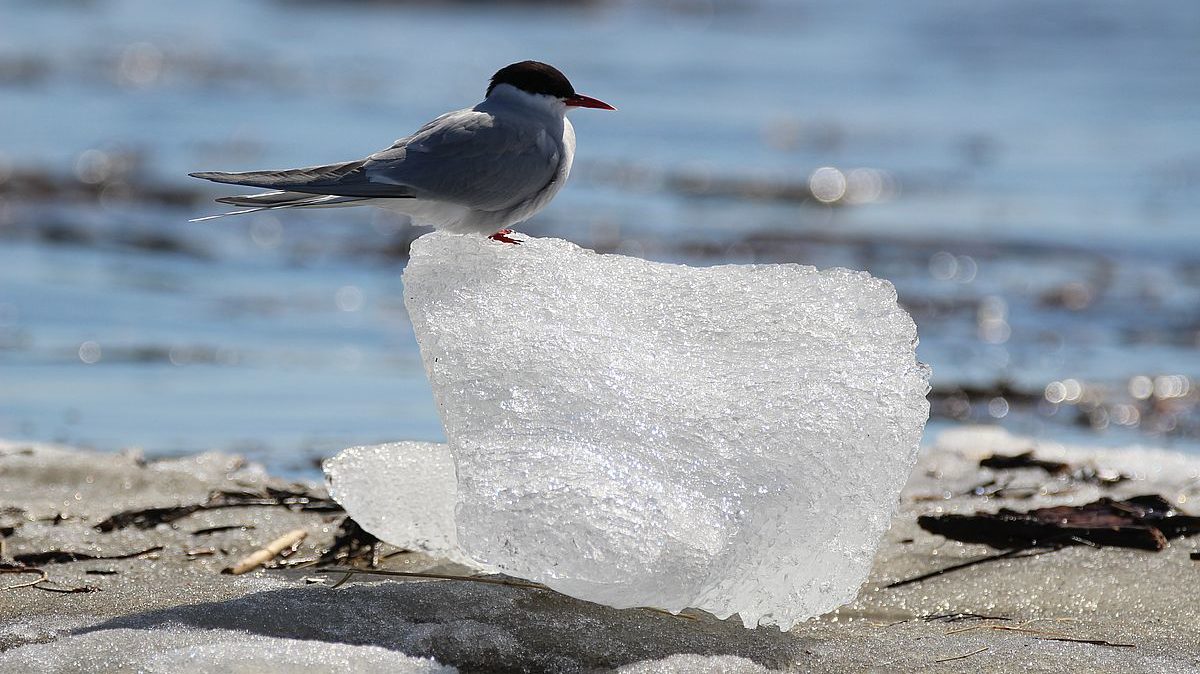#ARCTIC. #SIBERIA. THIS IS TAIMYR. Monitoring by scientists from the Arctic and Antarctic Research Institute for 2021 confirmed the overall warming trend in high latitudes.
According to the director of the Arctic and Antarctic Research Institute Alexander Makarov, the rapid reduction in the area of ice in the Arctic Ocean is a direct result of global temperature increase and climate change.
The increase in the area of clean water in the summer season has a positive economic effect: more ships can pass along the Northern Sea Route (NSR) without icebreaking assistance, which favorably affects the increase in cargo traffic. But for the natural climate system, an increase in the area of clean water in the summer leads to an accumulation of heat in the ocean. This means that nature itself is increasing the warming trend. At the same time, an analysis of data for a long period of regular observations shows that the factors of warming in the Arctic latitudes, which sharply increased in the early 2000s, have been decelerating in recent years. Rising temperatures, shrinking ice cover and other drivers of climate change tend to stabilize.
Temperature
In 2021, the average annual temperature change in the polar region was 2.9 degrees above normal, which was 1.1 degrees lower than in 2020. Positive temperature anomalies were observed along the Northern Sea Route. The greatest changes were noted in the Laptev and Kara seas, and the least – in the Chukchi and East Siberian seas. Compared to 2020, the average air temperature along the NSR decreased by 2.9 degrees – from 4.9 degrees in 2020 to 2 degrees in 2021.
Changes in the temperature of the Atlantic waters in the Arctic Ocean fully correspond to the values of the previous year. For the first time in the last eight years, a decrease in the maximum temperature of Atlantic waters by 0.13 degrees was revealed.
Ice cover
The trend towards a significant reduction in the area of ice cover in the Arctic ocean continues. Over the past 50 years, the area of ice in winter has decreased by 700 thousand square kilometers, and in summer – by 2.7 million square kilometers. This exceeds the size of the island of Greenland. The decrease in ice area and ice volume during the summer season amounted to 8.4 million square kilometers and 18.2 thousand cubic kilometers, respectively.
Previously, scientists suggested that in 40 years Norilsk could become a city of rains. We also talked about why it is important for navigation in the North to study the ice. Experts suggest that by 2050 the damage from warming in the Arctic could amount to seven trillion rubles. More over, global warming can activate viruses.
Follow us on Telegram, VKontakte.



